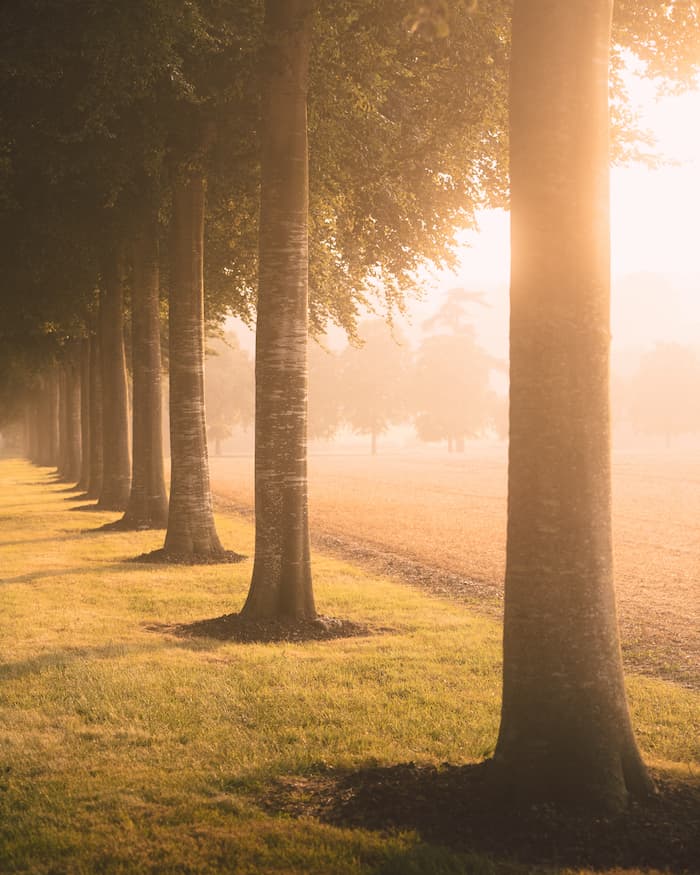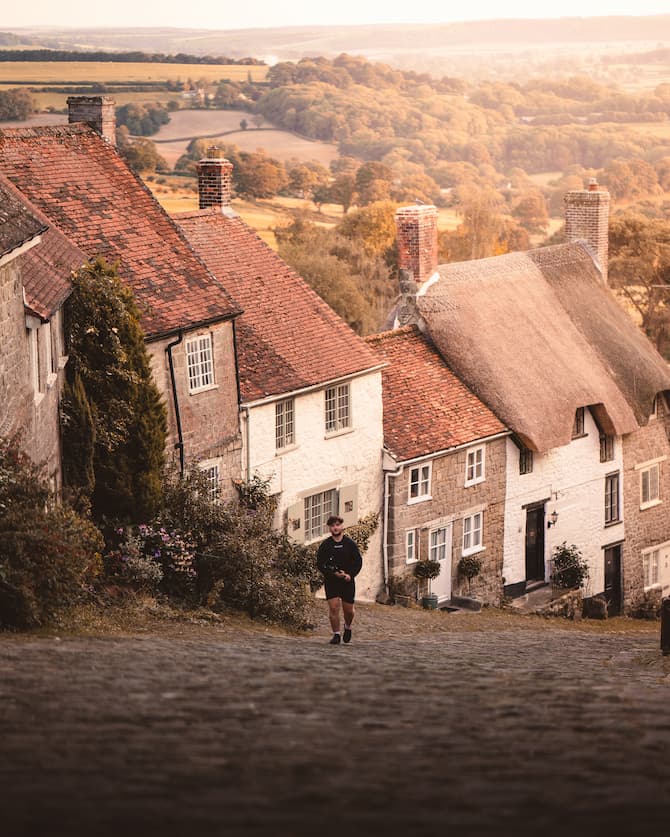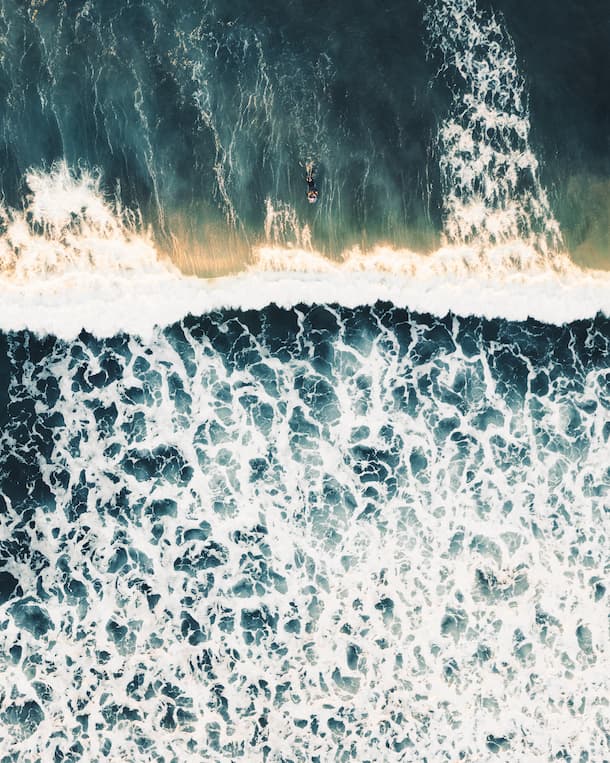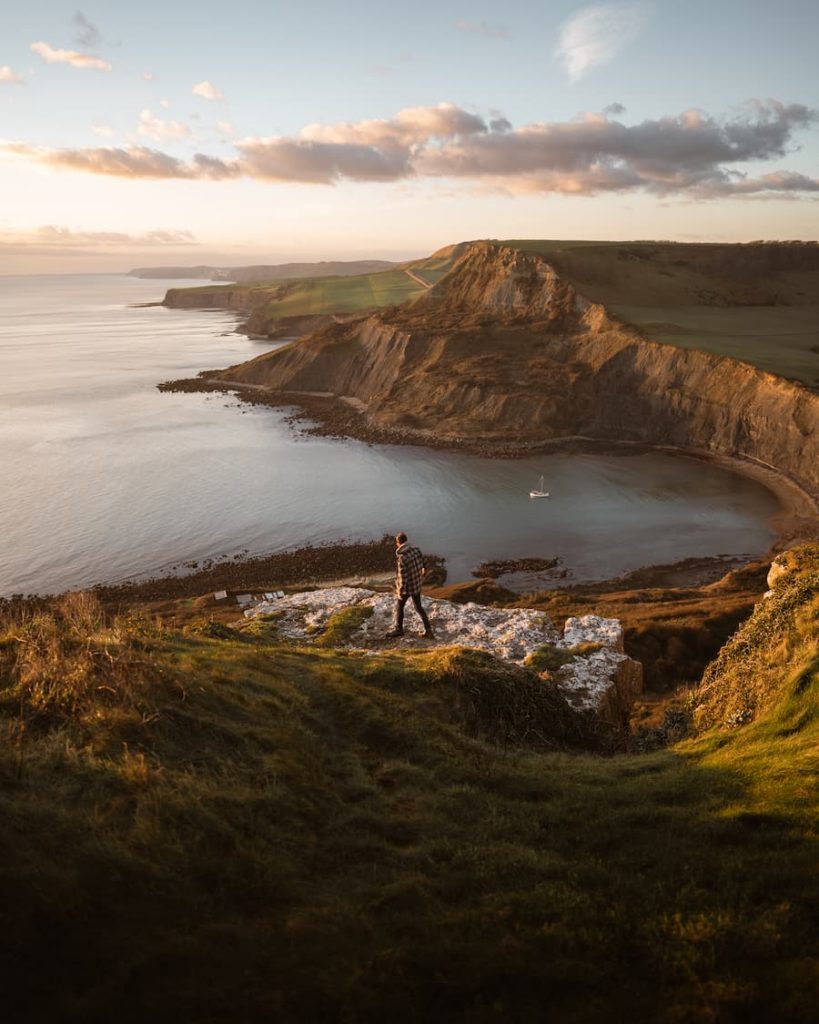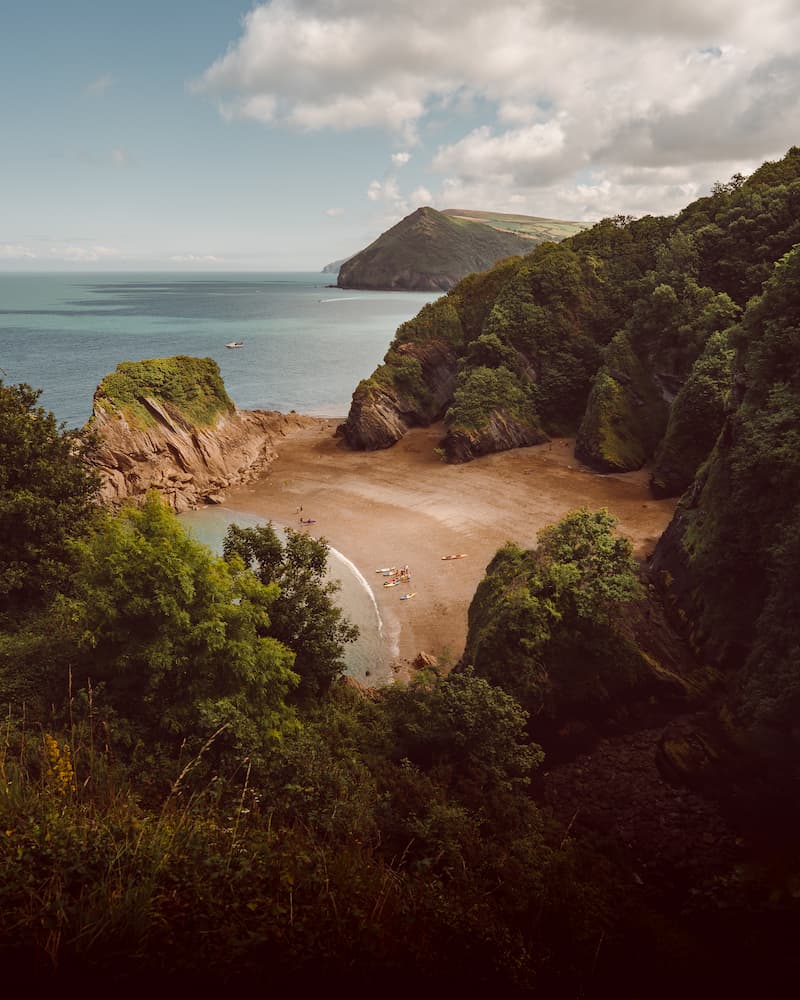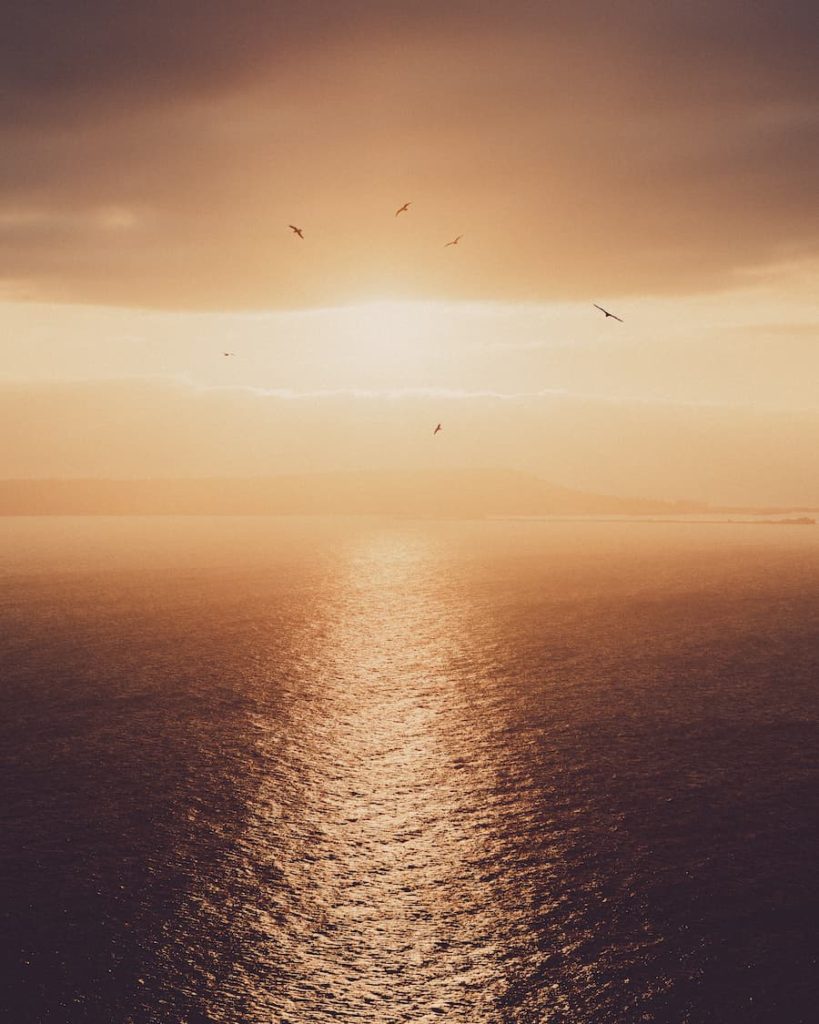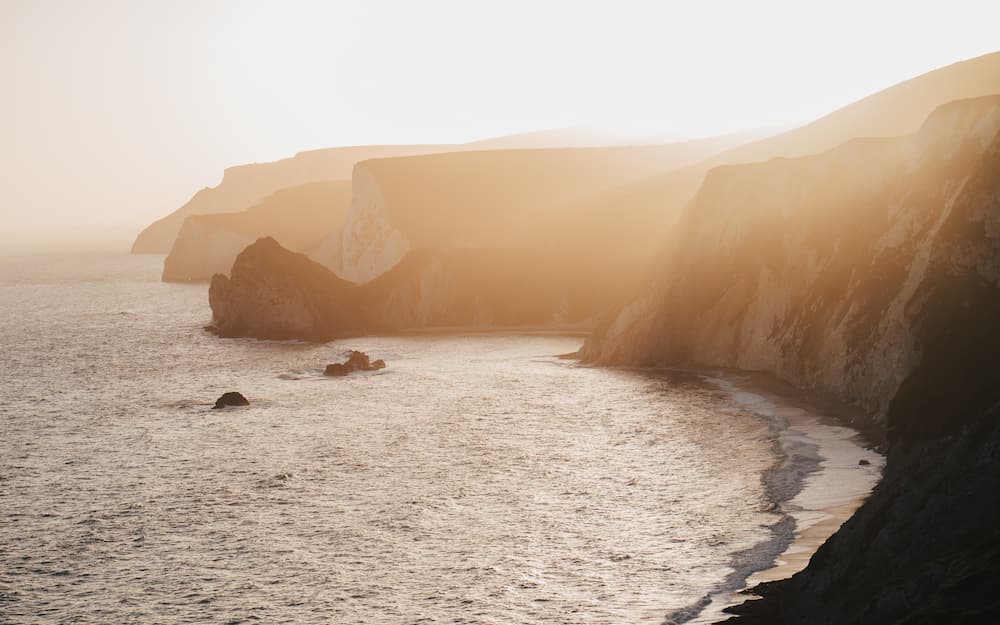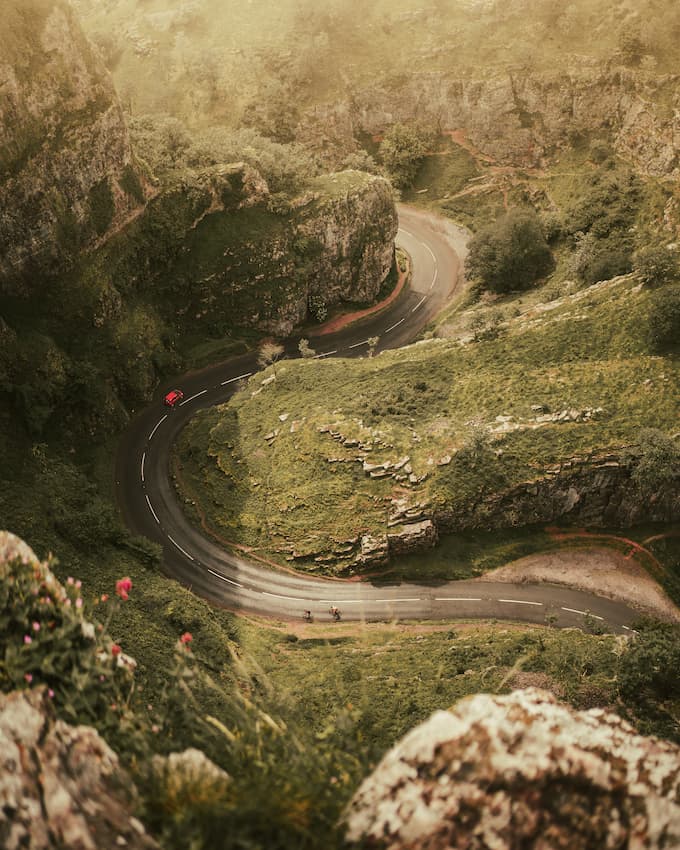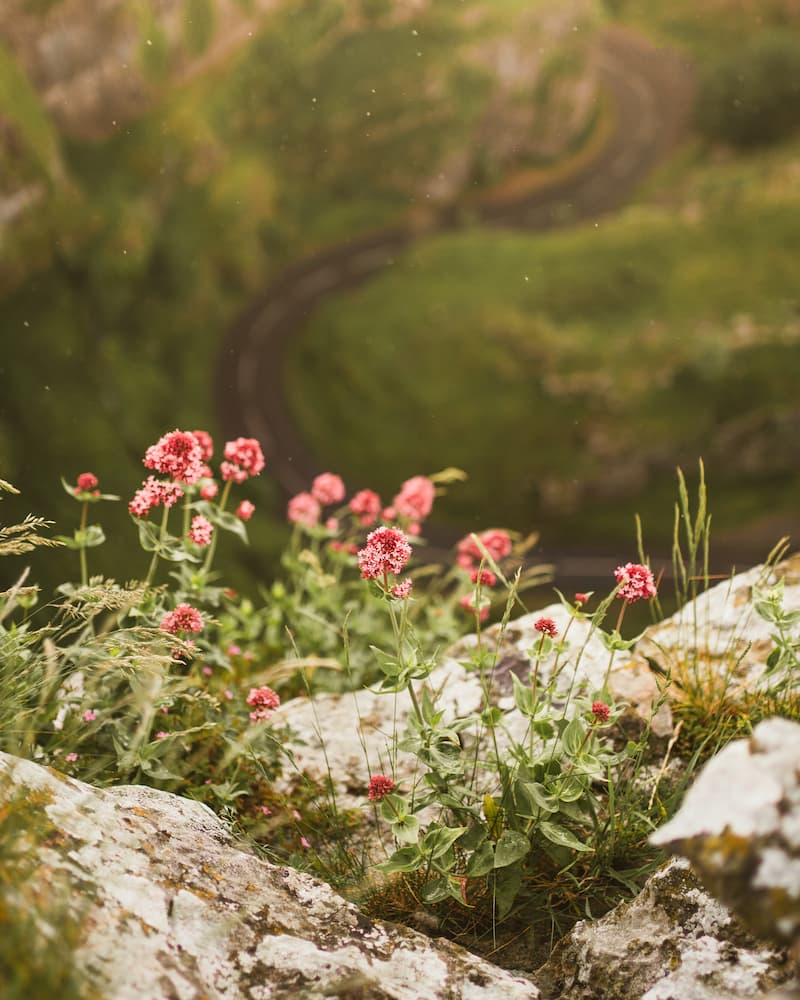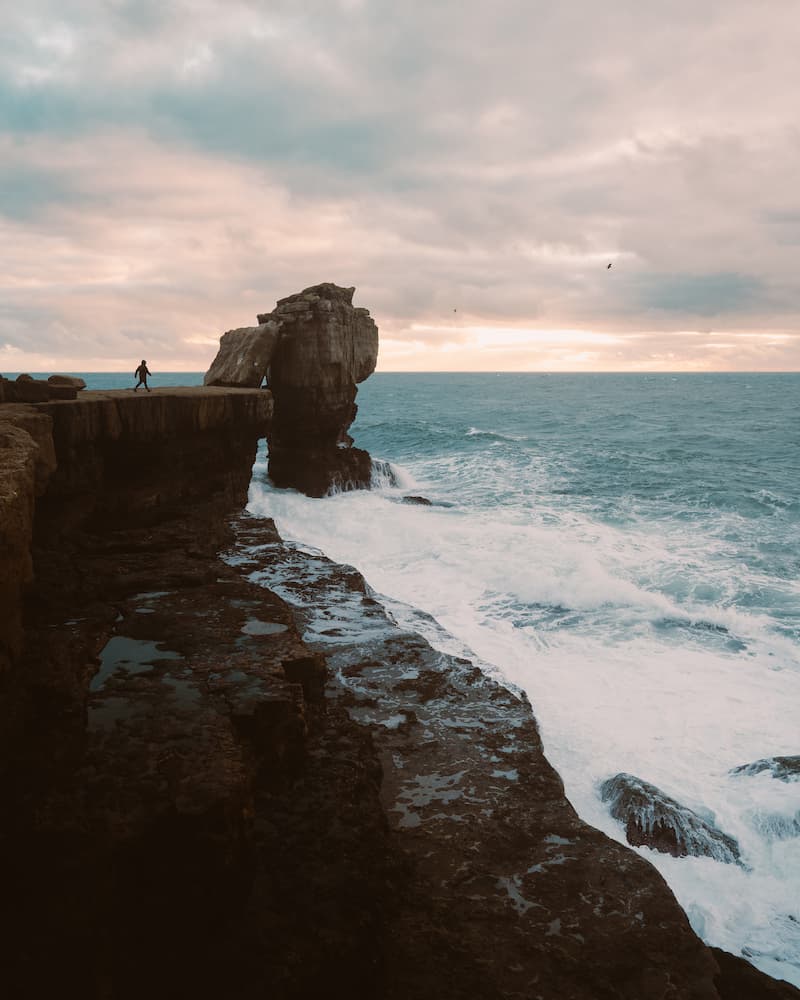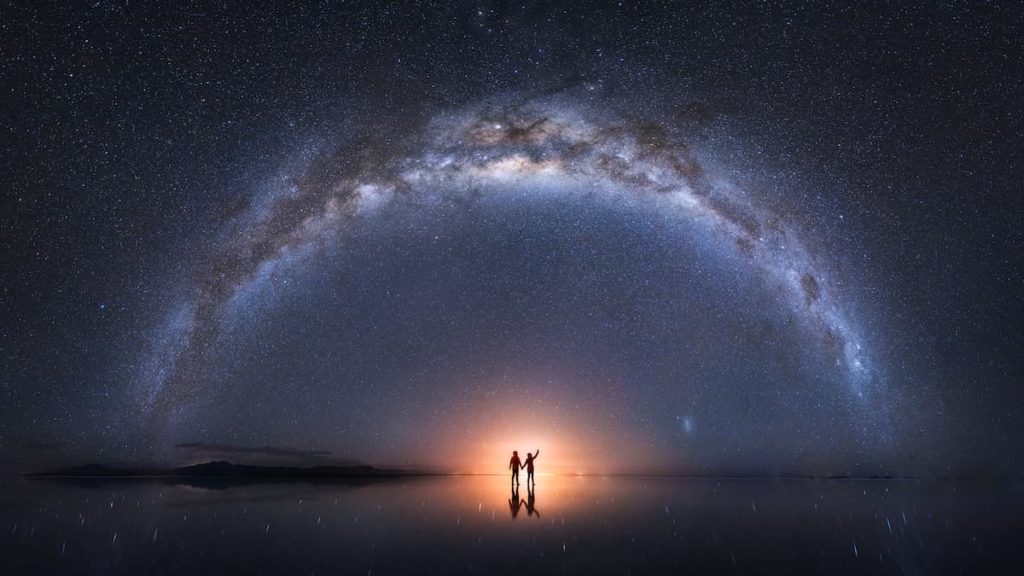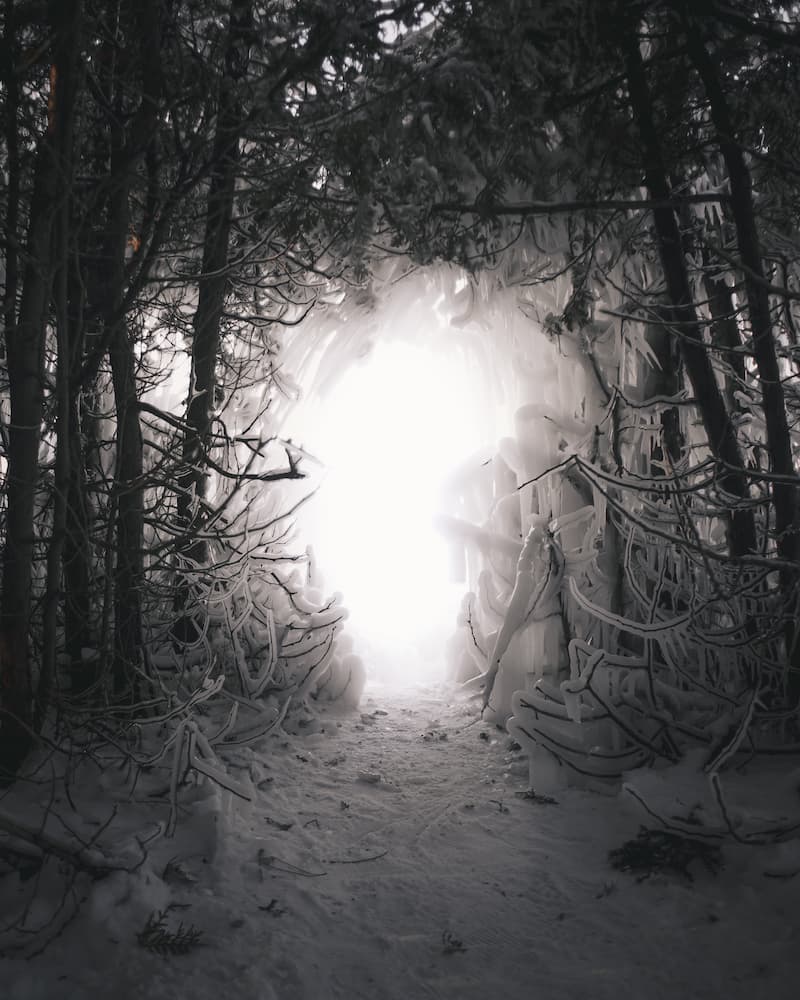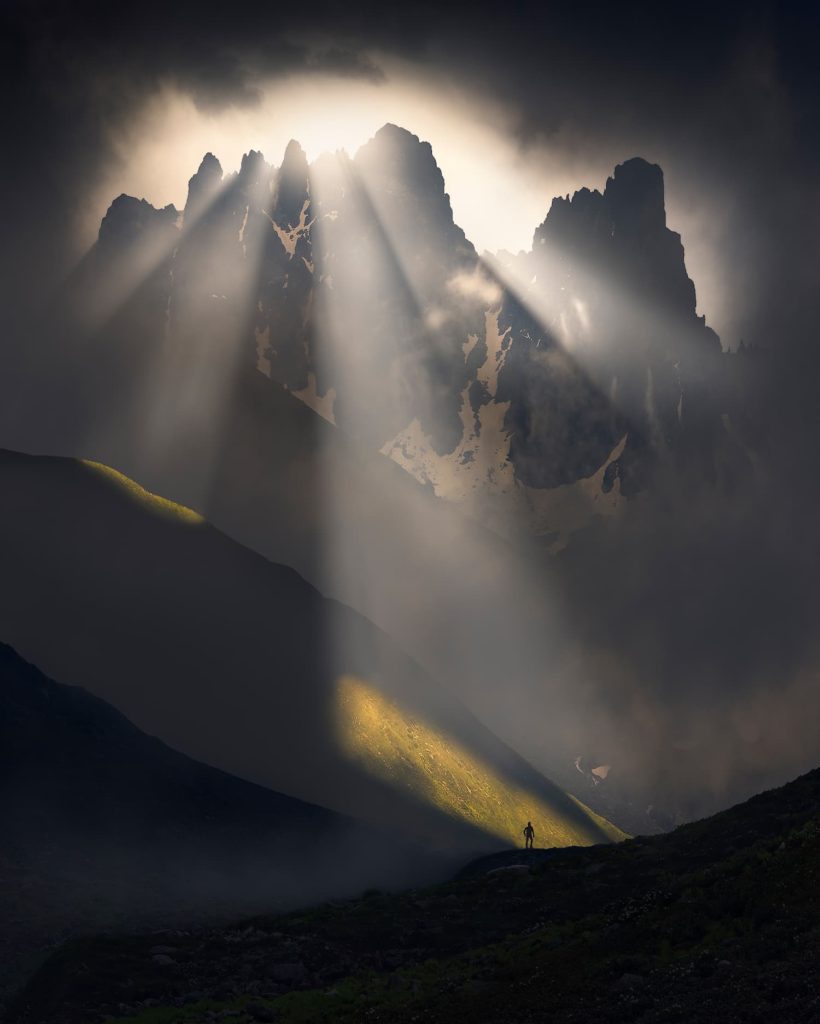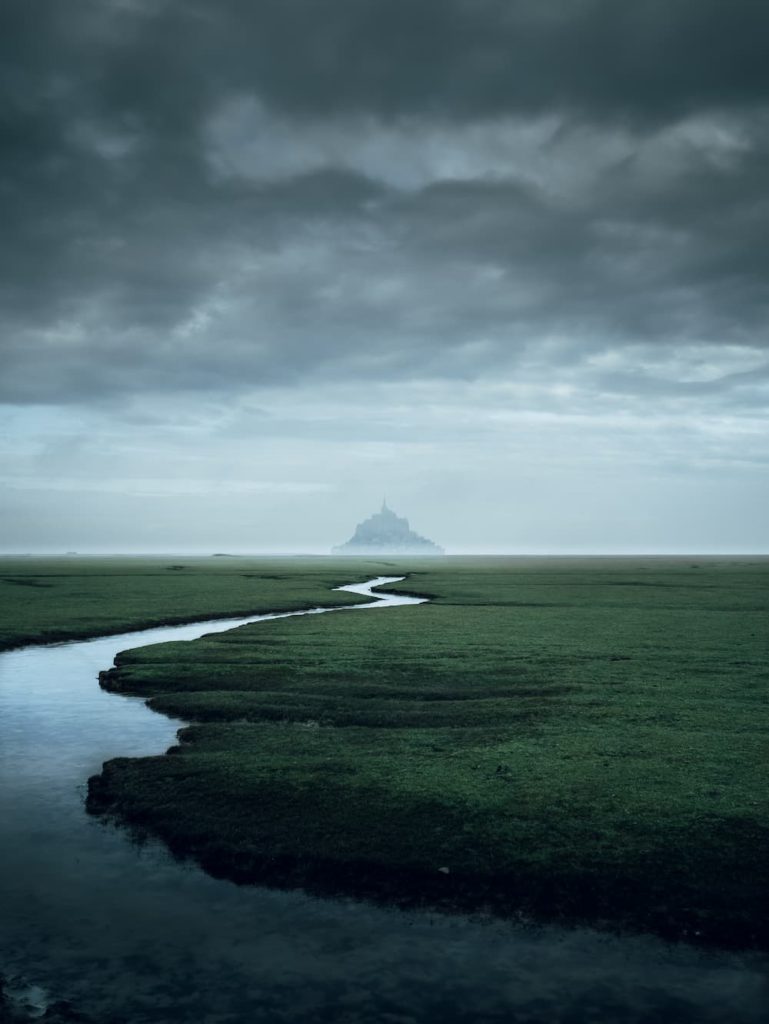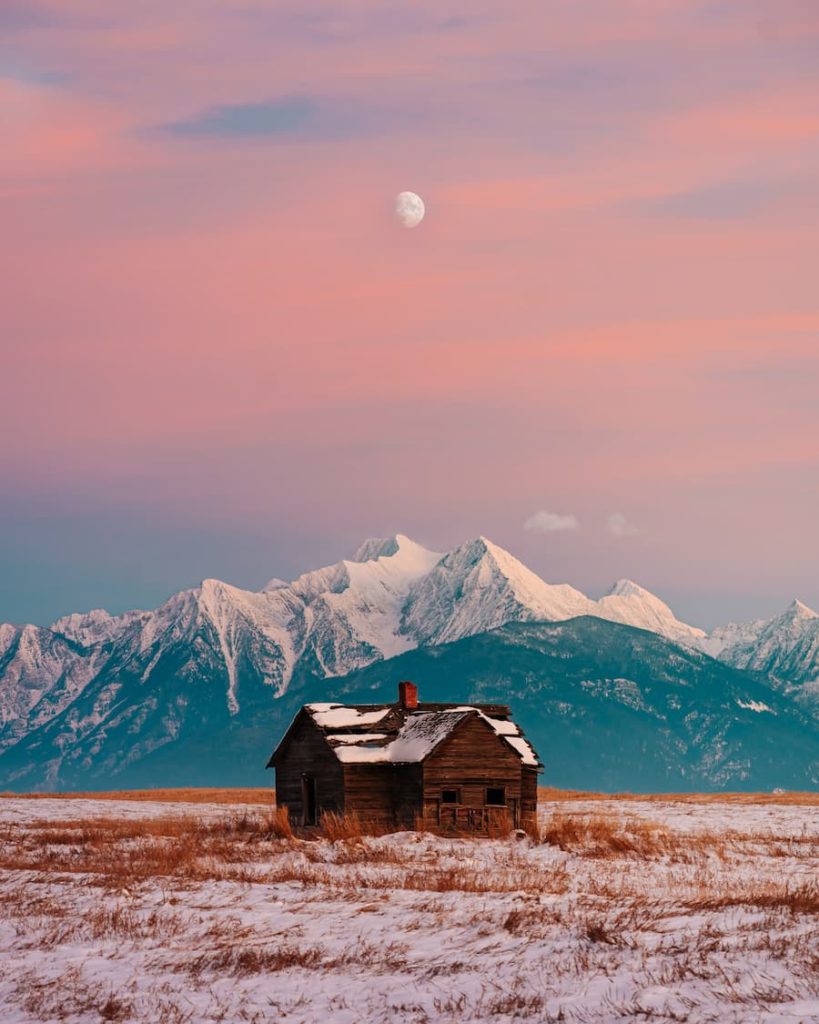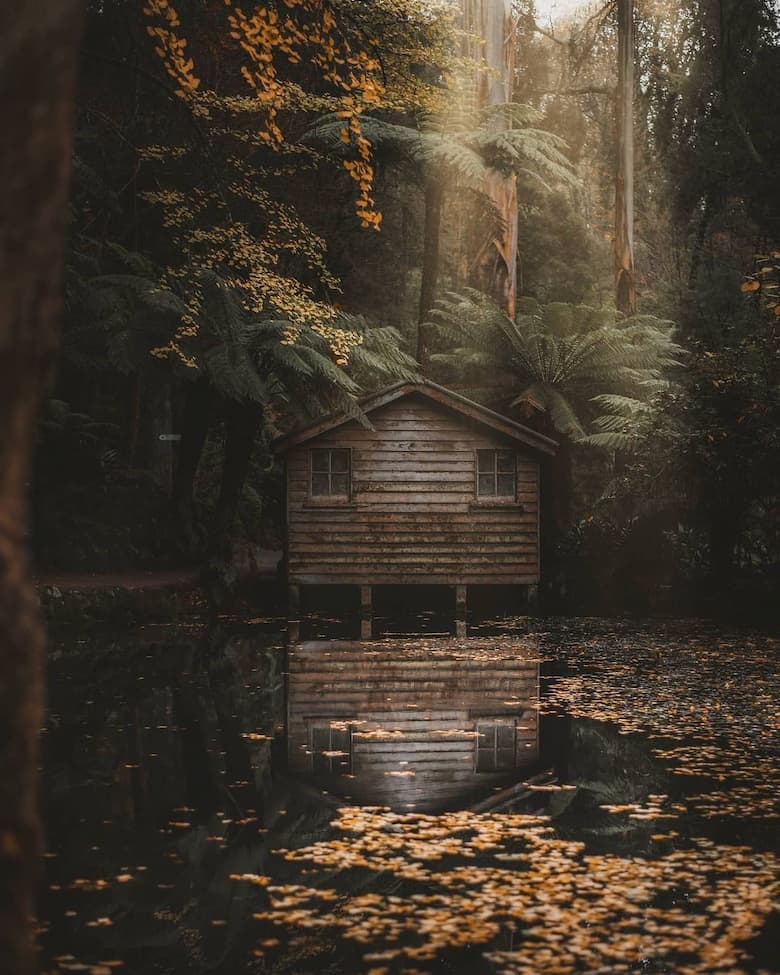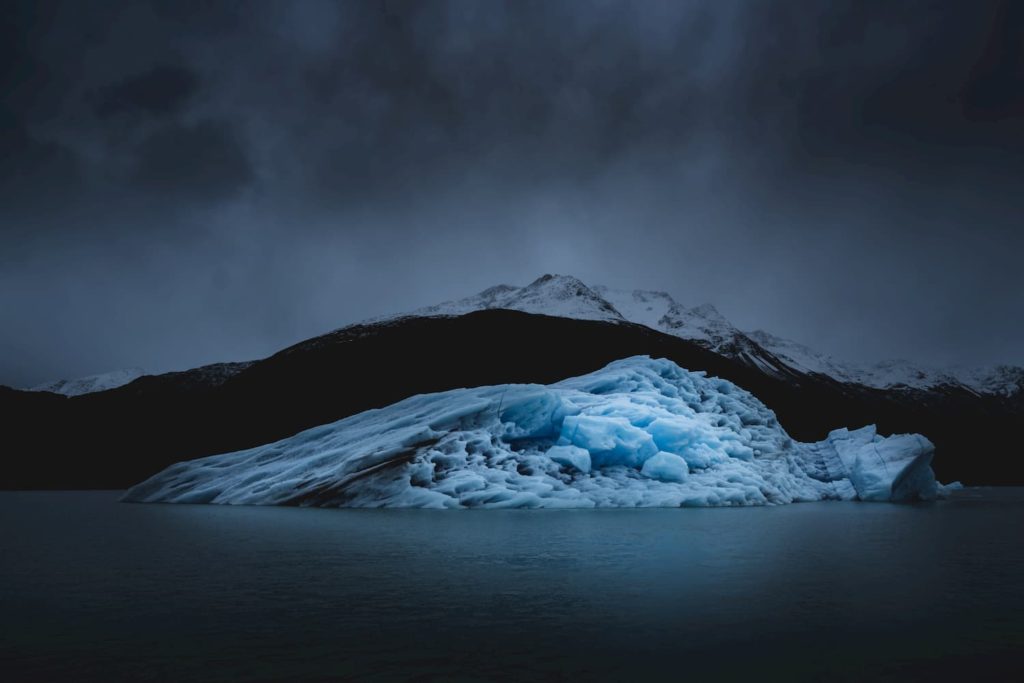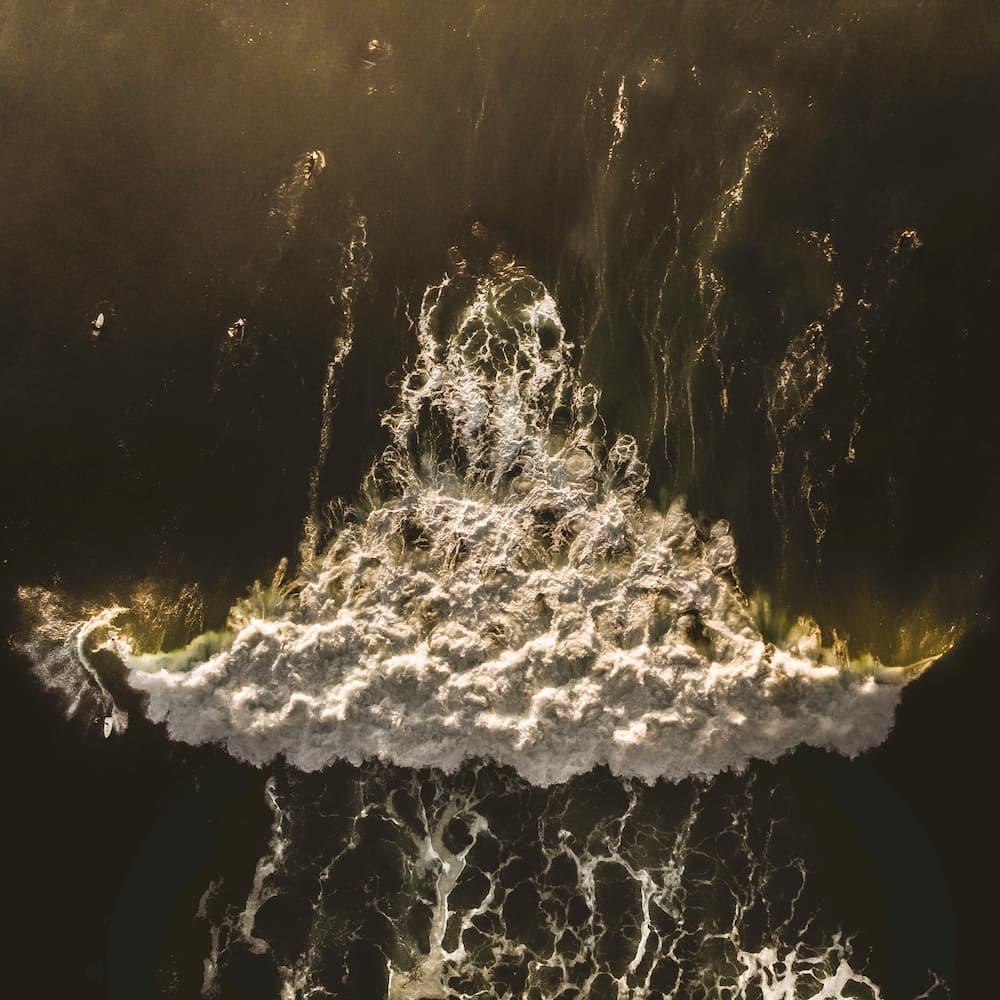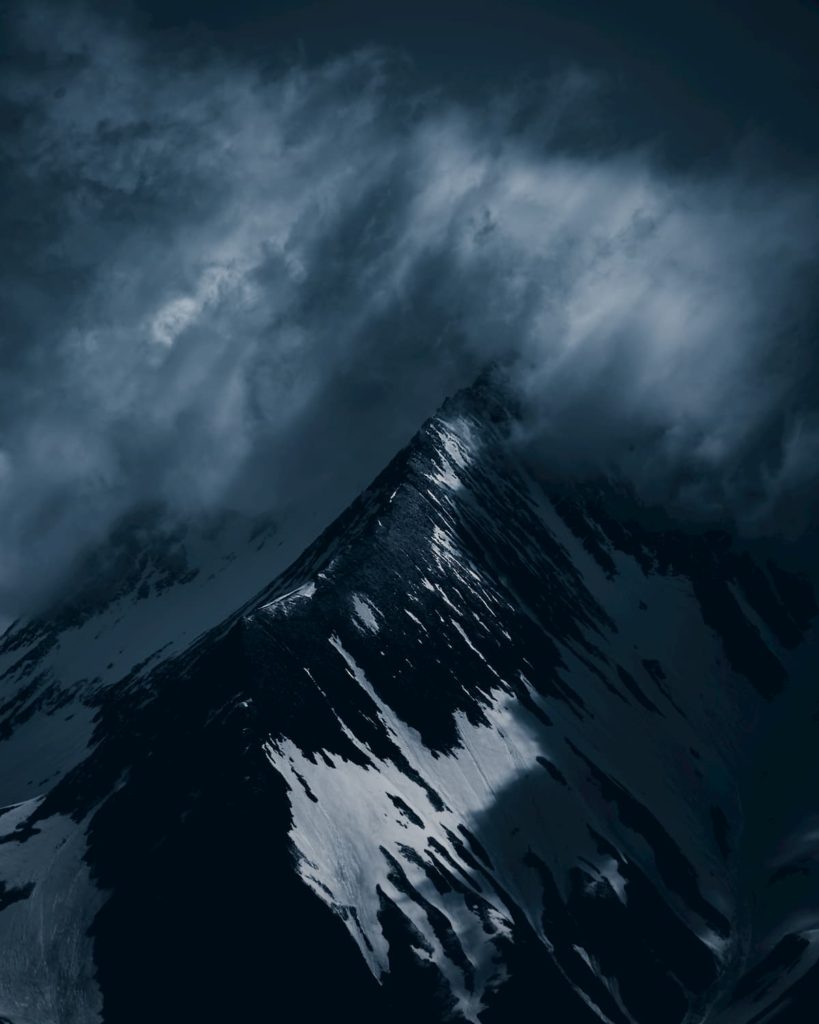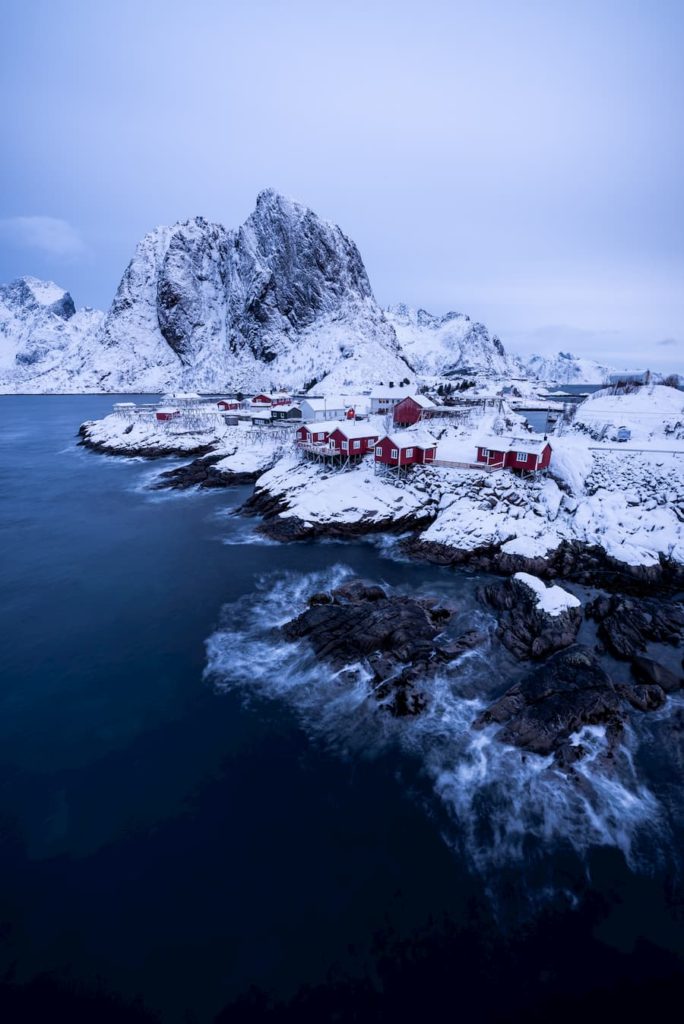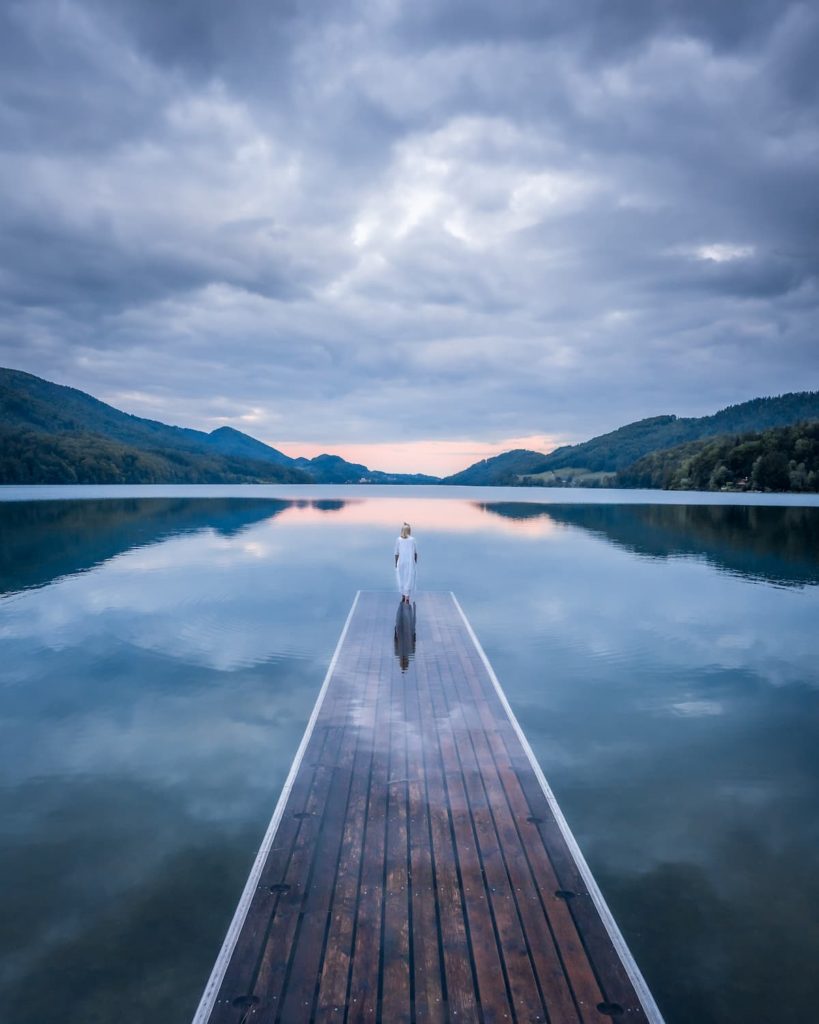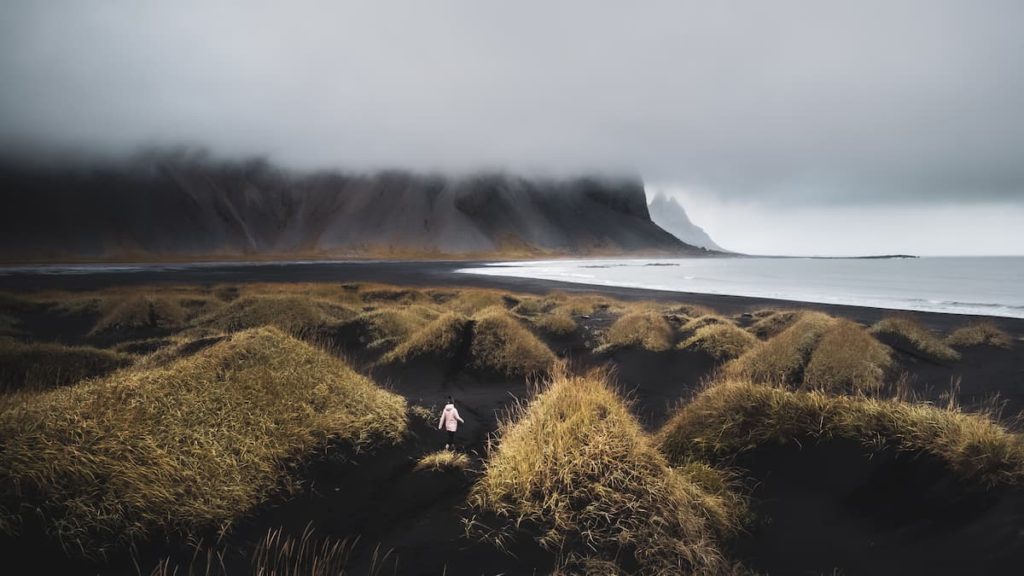
Ben Ingram
@framesbyben
Photographer based in the UK
My passion for photography blossomed from my love for creativity and my time at university. I have always been a creative person, creating fun videos as a young lad, getting involved in theatre and acting, doodling in lessons during school, writing short stories – yet I could never find anything that I truly loved and felt I was good at.
However, whilst in my first year of university studying Media Production – I had workshops in which we had the opportunity to learn how to use broadcast video cameras for studio television (I believe the cameras were Panasonic AC160s, and, looking back – the cameras were awful to use). During these workshops, we were taught how the compression of lenses at longer focal lengths can separate the subject from the background. We were also taught about the exposure triangle and how aperture and shutter speed can affect your image in creative ways.
"Playing around with images in these ways instantly got me hooked; within a month, I bought my first camera."
Initially, I had a real passion for street photography as a genre. During the first few months of getting into photography, I documented the streets of my local town Bournemouth, as well as venturing out to London. My first summer of photography in 2018, was spent taking photos of the old towns in Menorca (a Spanish Balearic island in the Mediterranean Sea). Over the remaining 2 years of my degree, I would learn to use my cheap Canon and its nifty fifty lenses like the back of my hand, documenting daily life in-between being busy with university and developing a passion for films and filmmaking whilst working as a wedding filmmaker.
My course at university was great. As a young creative it introduced me to so many different potential job avenues that someone could take as a professional media producer in the UK, such as radio production, website coding & design, working on studio television or maybe on film sets, working with complicated light installations and many more possibilities. By the end of my 3-year course, I had deliberated over being a radio producer, working on websites, working on film sets – but in the end, I knew for certain that I wanted to work in photography & videography as a freelancer, as being presented with the other options, it made me realize how much photography made sense to me.
"University was also a perfect opportunity for networking, which is arguably just as important when looking for work as a self-employed photographer as having a good portfolio is."
I became friends with lots of very talented media producers during my years at university, some of whom I continue to work with to this day on large-scale shoots for brands. Being friendly is so important I find because if you make a lasting impression with someone you might have only known for a few days, or even 3 years, gives you much more of a chance to be recommended for a job which could lead to even more work. That would probably be the most valuable lesson that university taught me, the importance of networking and just overall being friendly and professional wherever you might find yourself.
As a self-taught photographer and filmmaker, you might not immediately have access to cinema budget cameras such as ARRI, Sony FS7, or the Canon C100 (old but still a great camera). Though I was on a budget, being at university I was lucky enough to be able to hire out these cameras for free and have a play around. Using these cameras taught me many valuable things that could be useful if I were invited onto larger budget shoots that would facilitate the use of these cameras (and, in the end, was immediately useful as I was invited to help shoot music videos with the FS7 during the second year of university). I think as well, as my course taught other disciplines other than the professional use of cameras, I got to learn the importance of professional audio – something which you might take a little longer to learn being self-taught.
That year had other ideas though; I ended up finishing my degree from the comfort of my bedroom with plenty of zoom calls and procrastination amidst a nationwide lockdown that lasted over four months. When the UK gradually eased out of lockdown in 2020, there were many restrictions on travel which meant I was limited to locations in my local county for photography. I’m lucky enough to live on the Jurassic Coast in the UK, which is a UNESCO World Heritage Site that people from all over the world travel to. Equipped with my first full-frame camera which I bought myself as a gift for finishing university, I spent the summer of 2020 photographing my local area and began to develop a passion for landscape & outdoor lifestyle photography due to the sheer beauty of Dorset.
Since the summer of 2020, I’ve been in and out of lockdowns, eager to get out and further develop my portfolio in the outdoor lifestyle sector. Through Instagram, I’ve met lots of local like-minded creatives to plan photo trips with and I’ve explored areas in my country that I never would have visited if it weren’t for photography. Instagram has also been great for finding loads of inspiring locations to add to the bucket list. Having quit my job in a restaurant in 2021 and making the leap to full time as a photographer and filmmaker, I have been blessed to work with some great brands and businesses as a small-scale creator – but, now, my burning curiosity to get to see more of the world has got me planning plenty of trips for 2022. I’m hoping to visit many places this year such as the Isle of Skye in Scotland, the Dolomites in Italy, Madeira, the Portuguese island off the coast of Morocco, and I’ve got a trip to the mountains of Snowdonia, Wales with some great photo friends in the next few weeks.
It’s hard not to say that the COVID-19 pandemic had a significant impact on my current path. Before COVID, my passion for photography was rooted in the street photography and documentary genres. I was inspired by artists such as Saul Leiter, Craig Whitehead, Joshua K Jackson, and I wanted to take my photography further in that direction after graduating from university. The pandemic forced my hand to give travel and lifestyle photography a go as well as landscapes along the South Coast of the UK.
"Now, lifestyle photography, travel, and landscapes bring me immense amounts of joy and in many ways, I’m grateful that the pandemic placed me on this path in my life."
In addition to that, spending time with my grandparents has had a great influence on wanting to lead a life in which I could work for myself doing something I was passionate about. Both my grandad and my grandpa led self-employed lives before they retired, and I always admired that they ran their own businesses and got to paddle their canoes. When I found photography and developed a passion for it over the last few years, I was really happy that I could follow in their footsteps and run a business doing something I love, just like they did.
On becoming a full-time photographer
I think one of the most important first steps for creating a photography/videography business is finding that initial clientele base that will be willing to pay for your services. Before this, you need a strong portfolio that can show those businesses what you’re capable of as a creator. I spent the first few months after buying a full-frame camera shooting images for my portfolio that I thought could help me find work in a similar sector. For instance, if you want to get into automotive photography, shoot photos of cars – lots of them. I offered free work to local businesses to start to build up a portfolio of images that I could take to other businesses and look for paid work through that. It’s important to value yourself as a creator, so I would say do not offer free work after the point in which you feel as though you’ve built up a solid portfolio. In regards to a portfolio too, it’s important to set up your website and have a consistent style in your images.
"Now, lifestyle photography, travel, and landscapes bring me immense amounts of joy and in many ways, I’m grateful that the pandemic placed me on this path in my life."
I started to look for more work by searching local business hashtags on Instagram as well as using LinkedIn’s business catalog in my area. I started to then reach out to these businesses and send them my portfolio, explaining to them what I thought my services could offer them. Being able to offer both photography and videography is a real bonus in today’s social-media climate, as video usually always outperforms photos online. It’s a great idea to send the business a pitch document showcasing ideas for what you had in mind when working with them, to show you’ve already planned the shoot. This eventually will start to snowball as people and businesses will recommend you to each other and you will eventually get to a point where the work comes to you.
I eventually went full-time as a freelance creative as my part-time job in a restaurant began to get in the way of me taking opportunities. As I didn’t have the ability to take work off for shooting, I just knew this would be detrimental to my growth so, with the help and support of my family, I decided to make the leap to full time. It can be quite daunting going from a secure monthly paycheck to working in a gig economy during a pandemic, but, so far, my experience as a freelancer has been great. You get out of it what you put in.
"Work hard and eventually, you’ll reap the results."
Being a wedding filmmaker for the past four years has certainly helped my growth as an artist as weddings are so fast-paced. When I first started I was thrown into the deep end and forced to learn the Sony camera system like the back of my hand. People often say that the Sony menu systems are confusing and hard to wrap your head around, but really, they’re rather great. Once you customize your camera and get to learn its functions more, it can help you become a more efficient artist – using your camera as a tool in the most optimal way. Now I feel like I can be thrown into spontaneous situations and I can trust my camera to be able to capture what I need.
I also think failing and learning from your failures is really important for development and growth as an artist. Whether that has been making a mistake in communicating with clients which leads to them not being happy with the work or service you’re providing or trying/experimenting with something new that in the end doesn’t work out – every failure is a lesson to learn. As a new freelancer, I’ve experienced situations like these but it’s important not to dwell on them too long, to treat them as a lesson and move on with it in your stride.
"It’s the power of the image that makes photography and filmmaking so fulfilling for me."
I’ve always been fascinated by storytelling, it’s in our human nature to tell stories, and being able to say so much from a single frame or even a collection of frames I find invigorating. With the abilities of modern cameras and editing as a tool at my disposal, I feel so fulfilled being able to capture an image in a certain light, with a certain aperture to focus the viewer’s eye on a subject, and to edit the image in such a way that might evoke a feeling of warmth or nostalgia.
On editing
When editing a photo I want to get as much as I can from the RAW file. Sony RAW files are great to work with, and I enjoy the process of taking the blank canvas of a RAW file and adding more contrast and interest to the image with an edit. I don’t like my colours to look too oversaturated; my personal tastes lean more towards true-to-life colours and a film-like edit. I like to think that my photos have a cinematic look to them but are still very real in an immersive sense so that the viewer can imagine themselves in the scene that I present to them.
"If I’m creating a set of photos to tell a story of an event or a photo trip, it is important to me that the photos have a consistent overall look to them."
I typically edit a “hero-shot” from the catalog from scratch, which can sometimes take me anywhere from 20-40 minutes if I’m trying to tweak the look and refine it to something that evokes a certain feeling – this isn’t always the case though, sometimes a simple 5-minute edit works just as well. Then, I’ll copy the edit from the hero-shot and paste it onto the other photos from the set, and tweak until I’m happy whilst constantly reviewing using reference view in lightroom to be sure the photos work well together. Sometimes I will take my edit outside of Lightroom to Photoshop, to really tell the certain story I want to tell with a photo. Photoshop is sometimes essential, as I might need to content-aware fill unwanted objects from the frame to simplify the story in the photo and make the subject of the photo as obvious as possible. This also works in a reverse way, I’m not a stranger to adding things into the frame which I think will help enhance the story sometimes – but I don’t tend to do this very often.
Besides the post-processing, I also just quite like the process of going out and taking photos; capturing a distinct moment in time that you either might have planned for weeks, checking weather forecasts with a particular shot in mind or even it might just be a spontaneous composition that caught your eye whilst out and about. Being able to look at a finished product such as a print of one of your photos you might be proud of, and to say that you created that (including the adventure and challenges) I think is an awesome feeling.
I think my strengths as a creative are that I’m friendly, open-minded, and have always had a passion and drive for learning. Being open-minded and having that curiosity to always want to learn more meant that I was a fast learner for photography and picked up basic editing and composition techniques quickly as I was constantly studying photos and films to see why they worked. Though I’ve also faced obstacles and not everything goes easy even after studying the matter. So far in my journey, one key challenge is networking and finding a client base to support my business as a full-time photographer. I’ve been lucky to find some great clients till now and I’ve only been full-time for under a year, but there are times when I might not have any work for weeks. I still need to build my reputation in my area and my country as a professional photographer, and this just takes time. I think I could also get better at networking and sending out emails with a better success rate at finding work from reaching out to people.
"Nevertheless, it’s also good to do things without the sole aim of success and focus on joy instead."
This applies to many different situations, and I learned mine on a one-day trip up to North Devon during the summer. We explored the stunning coastline from Broadsands Beach to Hartland Point as well as the picturesque town of Clovelly. The North Devon coast has so many awesome spots to offer, and we tried to cram as many as we could into one day, and that day ended up being a hot, sweaty, and tiring day. We came away with some great photos in the end, but we were also so tired and fed up by the time we got home from what felt like a 6-hour car journey back. This trip taught me that taking time to appreciate where you are is so important, it’s great to go out and explore with a banger photo in mind, but it’s so important to take the time to enjoy where you are and be present – you’ll likely get better photos because of it because the photos will mean more to you!
Talking about picturesque places, there are so many of them in the UK. I am based on the Jurassic Coast, which is a UNESCO World Heritage Site in the South of England. It stretches 96 miles from Exmouth in East Devon, to Studland Bay in Dorset. The coastline has a history dating back 185 million years, which has led to the beautiful rock formations across its 96 miles. Visitors from across the globe come to visit naturally formed coves such as Lulworth Cove and Chapmans Pool, naturally formed arches in the headland such as Durdle Door, stacks of chalk in the sea such as Old Harry Rocks as well as plenty more beautiful locations across Dorset & Devon.
Due to the popularity of the Jurassic Coast across the world, particularly Durdle Door, the tourism industry in the summer is booming. This makes visiting these spots for photography quite hard at certain times of the day in the summer months. The Jurassic Coast is just as stunning in the winter though, as the softer winter light hits the coast just right and can make for some stunning photos, especially as sunrise is much more manageable around 8 am.
I would say that my favorite spot along the stretch of coastline is Chapmans Pool, it’s lesser-known than Durdle Door and Lulworth Cove but equally as stunning.
"The coastal path is usually quiet in the summer later in the evening and some amazing views are stretching along the coast from the top of Chapmans Pool."
Dorset has more to offer than just its coastline though, being the only county in the whole of England without a motorway, it has plenty of stunning countrysides too. You can find pleasing symmetrical roads such as Beech Avenue and locations such as Corfe Castle, which are ethereal for sunrise. I think it was there that I witnessed one of the most impressive moments I can remember, during a summer sunrise in 2020. It was only a short local trip but it has always stuck with me. When I arrived at Corfe Castle at 3 am for the sunrise the entire place was thick with fog, you couldn’t see the Castle from the bottom of the hill at all, I thought that I might have chosen the wrong day for visibility. I persevered and got to the photo spot to see that lots of other people had the same idea to come out for sunrise that morning – but they were also apprehensive as there was no view of the Castle at all. I tried to be optimistic that when the sun would rise, it would show the Castle through the fog. We waited 30 minutes, and then a cloud inversion lit by the golden hour of a perfect summer sunrise revealed the ruins of Corfe Castle in front of my camera, and to this day it’s still one of the most stunning views I’ve ever seen. The combination of cloud inversion wrapping around the hills and the golden light dancing around the clouds and lighting up the castle ruins in Corfe was something I’ll never forget.
"Sooner or later, perseverance will always be rewarded."
Would you like content like this sent to your inbox?
NOMADICT
ART GALLERY
THE LATEST STORIES
WRITEN WITH PASSION TO INSPIRE YOU
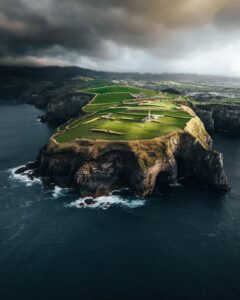
Photo tour in Azores, Portugal
Join us in the Azores for a unique photo tour, where you’ll elevate your creative skills with expert guidance from Ronald Soethje, Bruno Ázera, and Nomadict.
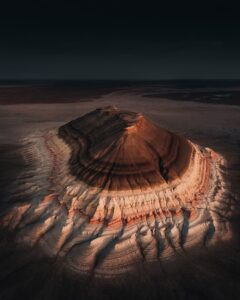
Forest Kai (@forest1kai): Photographer based in the US
In this article, Forest shares how years of chasing scale, silence, and raw landscapes shaped his approach to photography, from the deserts of Kazakhstan to the volcanic ridges of Iceland. He talks about how he uses light, texture, and vast negative space to create images that feel both intimate and overwhelming.
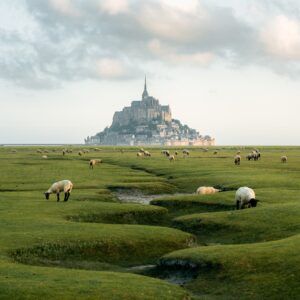
Simon Hechtbauer (@roamwithsimon): Best of the Week 32 at #nomadict
Simon shares the journey behind his photography, from early inspirations to field techniques, editing, and the story of the winning shot that shaped his path.

Miroslav Maršík (@miromarsik): Photographer based in Czech Republic
In this article, Miro shares how his love for cinematic music evolved into a deep passion for photography and how he uses light, color, and atmosphere to turn the streets of Prague into living film scenes.

Aurora photography panorama workflow: A guide to camera settings, editing, and color
In this article, Stefanie reveals how her background in physics sparked her passion for astrophotography and how she blends science with creativity to capture the beauty of the night sky. Readers will discover her approach to color, contrast, and editing, as well as her aurora photography workflow.

Yhabril (@yhabril): Best of the Week 33 at #nomadict
Spanish photographer Yhabril captures the profound connection between humans and the mountains that shaped him. Growing up in the Pyrenees, his work bridges outdoor sports, landscapes, and celestial scenes — often blending athletes, moonlight, and wilderness into striking visual stories.

Ariane Totzke (@besondersschwierig): Photographer based in Switzerland
In this article, Ariane shares how photography helped her navigate personal challenges, connect authentically with people and animals, and develop a philosophy rooted in empathy and artistic freedom. Readers will also discover her ethical approach to wildlife photography and her trusted equipment for both camouflage techniques and cameras.

How to photograph Dutch tulip fields: A guide to light, gear, composition, and colors
Discover how to photograph Dutch tulip fields in their most magical light. From choosing the right gear and lenses to mastering composition, color, and aerial perspectives, this guide shares creative techniques to capture the beauty of the Netherlands’ tulips. Learn how light, color grading, and proportion bring emotion into every frame.

